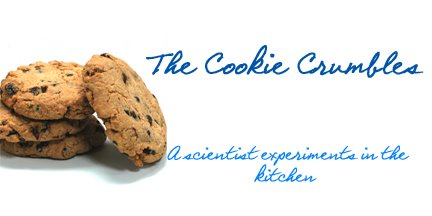
This month's Daring Baker's challenge was cheesecake, and I know I say this about every challenge, but this one really excited me. I have made cheesecake countless times, but most of the time I stick with the tried-and-true basic cheesecake with a graham cracker crust (or occasionally a bittersweet chocolate cheesecake). Yummy to be sure, but I have been wanting to branch out for a while now. My mind was a-whirl of possibilities that I had spied over the years: pumpkin cheesecake, caramel turtle cheesecake, cookies-and-cream cheesecake, the possibilities are endless! I can truly say the most difficult part of this challenge was limiting myself to just one cheesecake. And that took a lot of deciding, because I wanted something rich and yet light, appropriate for spring.

